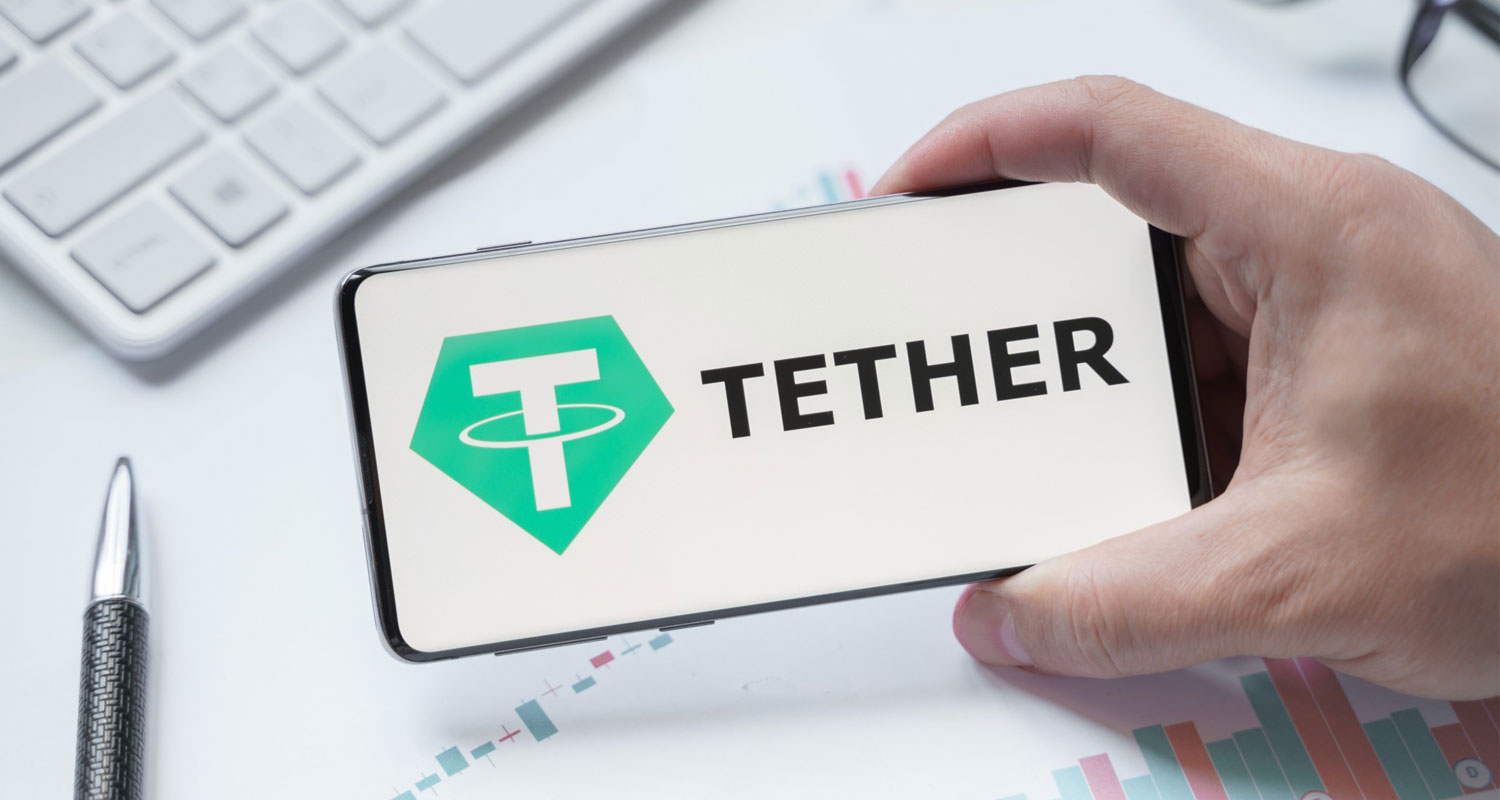 Bitcoin and other cryptocurrencies are seen by many as a new form of money. Others query whether these alternative assets truly meet the definition of money from a practical point of view.
Bitcoin and other cryptocurrencies are seen by many as a new form of money. Others query whether these alternative assets truly meet the definition of money from a practical point of view.
Money is defined by three pillars, being: a store of value; a medium of exchange; and as a unit of account.
This latter pillar is the point of contention given the volatility associated with cryptocurrencies such as bitcoin. The volatility of cryptocurrencies made it difficult for users to transact in them as the price would fluctuate strongly on a second-to-second basis. This exposed holders of cryptocurrency to unacceptable levels of market risk. This concern was responded to with an innovation called a stablecoin.
Stablecoins solved this issue of volatility by being pegged 1:1 to fiat currencies such as the US dollar, which gave them a stable value that allowed them to be seen as a unit of account. In essence, what was created was a cryptocurrency able to move over the Internet through the use of blockchain technology similar to its peers but without the volatility.
Two similar yet quite different types of stablecoin were then brought to market. The first was a stablecoin collateralised by fiat currencies held in the bank account of the issuer. The second was an algorithmic stablecoin that held, bought and sold various underlying cryptocurrencies and by doing this mimicked the US dollar price through this balancing act. However, recently we saw the catastrophic flaw posed by this model when Terraform Labs’ TerraUSD (UST) algorithmic stablecoin became de-pegged from the US dollar and ultimately led to billions of dollars being wiped off the crypto market in a few days.
Fiat as collateral
This raised the question of whether the simpler method of holding fiat as collateral and issuing stablecoins might not be the better option as opposed to such algorithmic stablecoins. Today’s most prominent US dollar stablecoin, known as USDT and created by Tether, is the most transacted such crypto in the world. The business model of Tether is fairly straightforward in that a KYC (know your customer)-verified Tether user — be it an exchange, an individual trader, a business merchant or a trading firm — deposits fiat (US dollars) into Tether’s bank account, whereafter Tether issues the customer with USDT tokens issued on existing blockchains such as ethereum.
Tether then holds these fiat currencies as collateral, which provides the primary and secondary holder of the USDT token with the reassurance that their token is actually worth US$1. However, this business model, too, was not without flaws as Tether was fined $41-million in 2021 to settle allegations where they falsely claimed their digital tokens were fully backed by real-world fiat currencies. So many may well ask: what then is the solution based on what we have learned from these historical events?
I favour a threefold solution, one that has a combination of independence, transparency and clear segregation. This solution addresses another potential weakness that has yet to materialise: what if a company issuing stablecoins is sued, resulting in the claimant having equal rights over the collateral alongside the token holders? Effectively, if the company would have to declare bankruptcy or enter liquidation as a result of a claim, it would lead to a discounted and de-pegged token as the company’s assets would not exceed the liability that should have been collateralised. It is for this reason that reserves of the fiat currency need to be segregated from the business in its entirety to alleviate the risk posed by the day-to-day operations of the token issuer.

Ideally, the issuer of the stablecoin would create a separate legal entity such as a trust whereby the beneficiaries of the trust are the token holders. There would be a mandate that the trust is required to keep a diversified interest-bearing portfolio of fiat-backed funds with various commercial banks to diversify the firm-specific risk. The interest earned should then be used to pay the issuer of the tokens a management fee, keep a predetermined reserve of fiat to cover the expected credit losses of these commercial banks as well as to have an independent auditor issue annual and/or interim audited financial statements and/or monthly or quarterly proof of reserve reports that are available to the public.
Such a segregated and transparent structure with independent confirmation would provide the holders of these stablecoins with security, and the transparency required to trust the issuer and have confidence that their stablecoin would not be de-pegged from the underlying fiat currency.
- The author, Wiehann Olivier, is digital asset lead and partner at Mazars in South Africa

